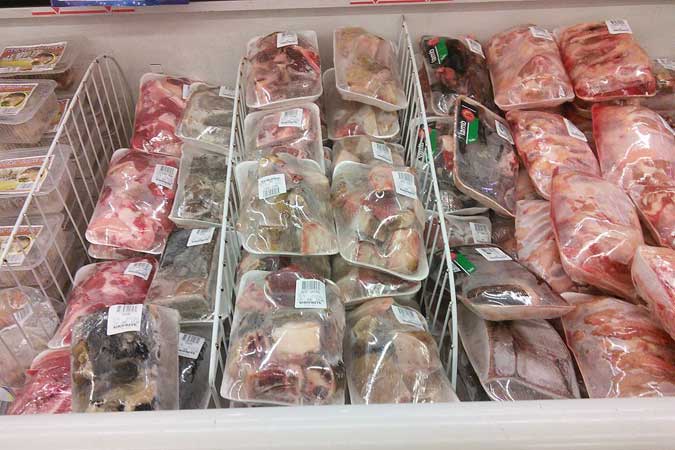MEAT IMPORTS in the first half rose 44.3% year on year to 581,827.61 metric tons (MT) led by pork, buffalo, beef, and turkeys, the Bureau of Animal Industry (BAI) said.
The BAI said pork imports for the period rose 175.8% year on year to 277,850.59 MT.
Buffalo imports increased 102.9% year on year to 27,279.1 MT, while turkey imports rose 25% to 844.03 MT.
Beef imports rose 0.7% to 83,347.06 MT.
Chicken imports fell 6% to 192,132 MT.
Imports of mechanically deboned meat (MDM) of chicken accounted for 52.2% or 100,253.78 MT of total chicken imports.
MDM is used by processors in products likes hotdogs and chicken nuggets.
Chicken MDM imports fell 21.5% year on year compared to 127,714.8 MT in 2020, despite taking up more than half of total chicken imports.
Lamb imports fell 75.6% to 319.44 MT while duck imports dropped 35.6% to 55.39 MT.
Meat Importers and Traders Association President Jesus C. Cham said by mobile phone that higher pork imports reflect anticipation of growing consumer demand.
“On the other hand, strong buffalo and turkey import indicate the processors (are) searching for alternatives to chicken MDM,” Mr. Cham said.
Mr. Cham said the slow reopening of the economy is still taking a toll on importers.
“This is due to a steady, albeit delayed, influx of products, whereas consumers apparently are not spending as much. Especially now we have entered the third quarter — the traditional low season. Further, restaurants are a mixed bag as there are cautious re-openings together with permanent closures,” Mr. Cham said.
The government is relying on lower tariffs to boost import volumes, particularly pork, in order to augment supply after the hog inventory was depleted by the African Swine Fever outbreak.
Recently, the Bureau of Customs estimated the foregone revenue from lower tariffs at P1.356 billion on imports between April 9 and June 11.
Executive Order (EO) No. 134, signed by President Rodrigo R. Duterte on May 15, lowered the tariffs on pork imports for one year.
EO 134 cut tariffs on pork imports within the minimum access volume (MAV) quota to 10% in the first three months and up to 15% in the following nine months.
Meanwhile, tariff rates for pork imports outside the MAV quota were lowered to 20% and 25% during the first three months and subsequent nine months, respectively.
After one year, MAV pork imports will be charged 30% while out-of-quota pork imports will pay 40%.
Mr. Duterte also signed EO 133 which increased the MAV quota for pork imports to 254,210 MT from 54,210 MT.
MAV is a commitment by a government to import certain volumes of agricultural commodities at a favorable tariff, and is adopted by participants in the World Trade Organization system. — Revin Mikhael D. Ochave

